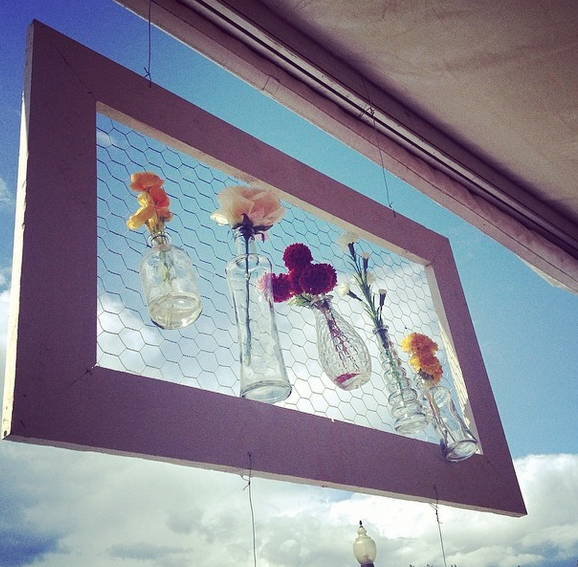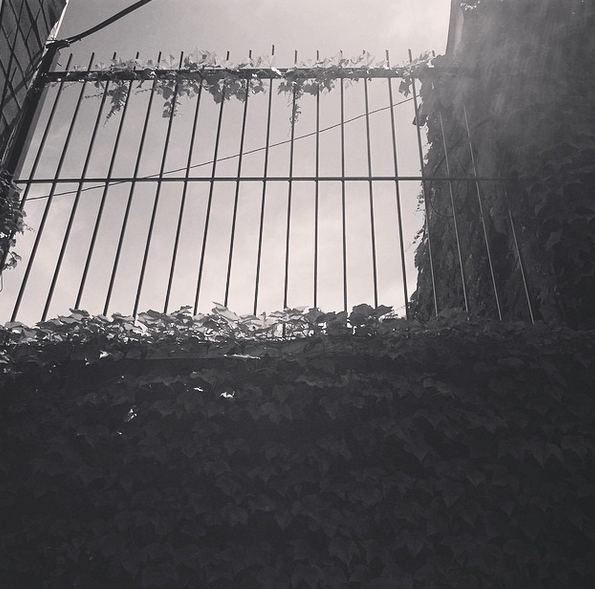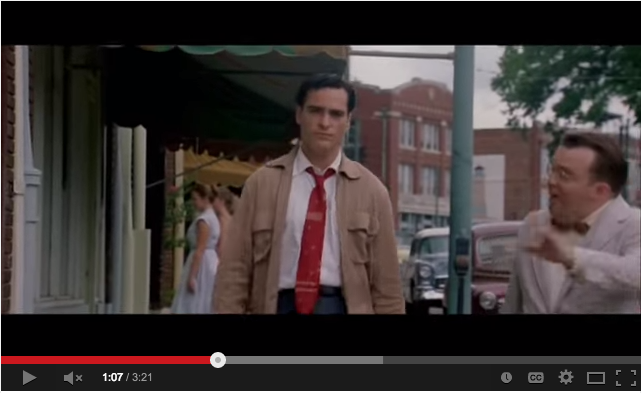
Prolific is my new intellectual property development
system.
It’s a comprehensive program that guides people through the art
and science of collecting, creating and communicating their ideas. And the
framework I’m building will eventually become a book, a curriculum and some
kind of software application.
Imagine The Artist’s Way meets Getting
Things Done meets Behind the Music.
The goal is to change the way you think about the way you
think. Because it’s more than just a collection of exercises; it’s a rubric for
operable behaviors at all stages and levels of the creative process.
Today we’re going explore The Prolific Framework.
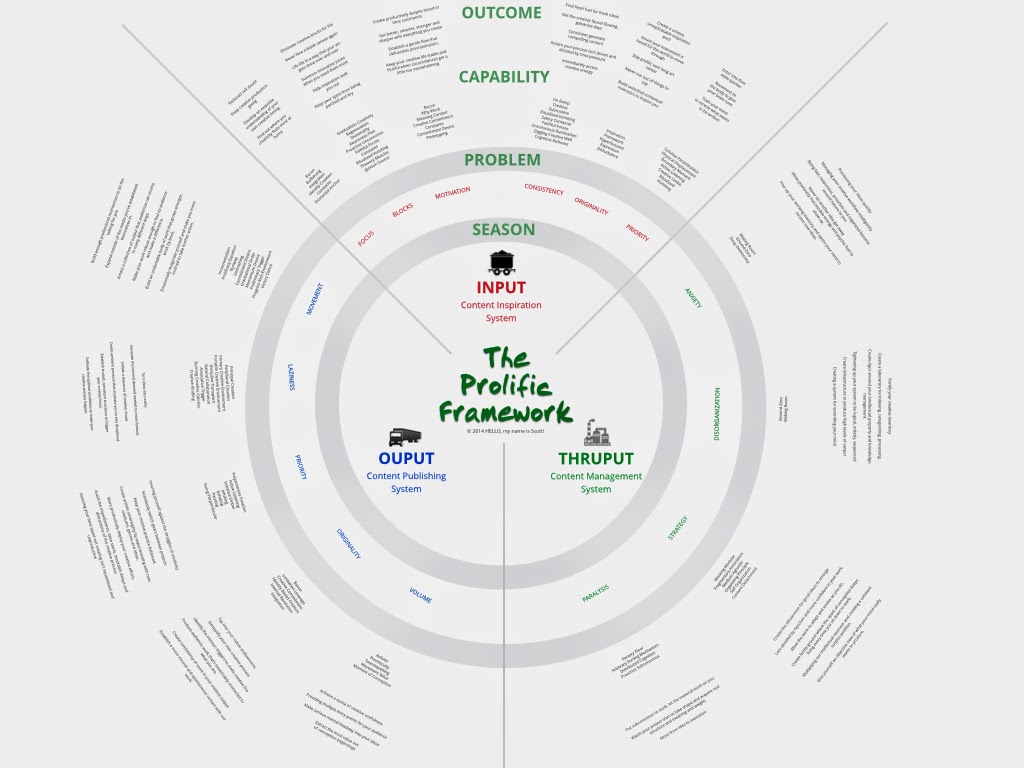
PART ONE :: SEASONS
There are three stages of the creative process, as modeled after
the human body’s primary respiratory functions:
·
Inhaling. The
creative season of content inspiration, or input,
and listening for what wants to be written.
·
Pausing.
The creative season of content intermission, or throughput,
and managing your ideas as an inventory system.
·
Exhaling.
The creative season of content expression, or output, and shipping work out of
the factory.
Which season do you
find yourself in right now?
PART TWO :: PROBLEMS
Artists are confronted with a unique set of challenges on a daily basis,
each of which correspond to one of above seasons of the creative process:
A. Inhaling / Input Problems
·
Focus.
I can’t get clarity on what to attack.
·
Blocks.
I can’t overcome resistance to production.
·
Motivation.
I can’t get my sorry ass out of bed to create.
·
Consistency.
I can’t sustain the flow of creativity.
·
Originality.
I can’t create work that’s unique.
·
Priority.
I can’t decide which action comes next.
What’s the major input
problem you’re working through right now?
B. Pausing / Throughput Problems
·
Anxiety.
I can’t remember all my ideas.
·
Disorganization.
I can’t keep all my thoughts organized.
·
Strategy.
I can’t deicide how to use my ideas.
·
Paralysis.
I can’t deal with chronic indecision and overplanning.
What’s the major throughput
problem you’re working through right now?
C. Exhaling / Output Problems
·
Volume.
I can’t create in large and consistent quantities.
·
Originality.
I can’t find my authentic voice.
·
Priority.
I can’t decide which work to prioritize.
·
Laziness.
I can’t get into a consistent creative routine
·
Movement.
I can’t get projects started.
What’s the major output
problem you’re working through right now?
PART THREE ::
CAPABILITIES
Artists can overcome any of the above problems by using one of more of the
following tools, disciplines, techniques or routines, each of which correspond
to the aforementioned seasons:
A. Inhaling / Input Tools
Focus
These tools will
reduce doubt, keep creative production going, give you an exquisite
understanding of your own creative timing and help you find out where your
creativity feels most at home:
·
Bacon. A
motivational currency that overrides your
excuses, activates your natural inclinations and moves you to execution.
·
Buffaloing.
Keeping all of our passions in play, investing in multiple containers of
meaning, using
our strengths to do what we do best and leaving no faculty untapped.
·
Existential
Anchor. A portable, purposeful and private sanctuary that brings you back to center to reconnect with the
self, the body, the spirit and the heart.
Blocks
These tools will eliminate
creative blocks for life, assure you never face a blank canvas again, help you
live life in a way that your art gets done over and over and keep your spirit
from being parched and dry:
·
Awareness
Plan. A metacognitive procedure or mental recipe for perceiving and thinking about the
environment around you, a lens for interacting with the world.
· Ritualized Vomiting. A daily ritual of emotional release
where you metabolize your experiences, make serious mental headway into your ideas and
get the creative faucet flowing.
·
Faithful
Forces. Routines that keep your creative life stable and fruitful when
circumstances get a little too overwhelming.
Motivation
These tools will help
you create productively despite mood or time constraints, allow you to get better, smarter, stronger and sharper with
everything you create and establish
a gentle flow that obfuscates procrastination:
·
Creative
Commitment. Professionalizing your art and using daily momentum to keep
yourself from feeling detached from the process.
·
Commitment
Device. A
physical object or prototype that makes the effects of your work real and visible for all to
see, even in the early stages of production.
·
Prototyping. Something that
gives your mental obsession a physical expression, a physical thing
that adds energy to the system.
Consistency
These tools will help
you find fresh fuel for fresh ideas, get the creative faucet flowing, help you
consistent generate compelling content, assure your process isn’t driven and
dictated by time pressure and help you immediately access creative energy:
·
Unconscious
Rumination.
Allowing your inner mind to get to work mulling over, sorting out, organizing and categorizing material that has
been previously absorbed.
·
On Ramp. A ritual that
prompts a work mindset, a moment that
merges you into the creative process, an environment that sets a tone that says work happens here.
·
Creative
Subroutine.
Using a ritual that brings up your energy and snaps you into the appropriate
state of mind to do your work.
Originality
These tools will create
a unique, unreplicatable inspiration pool, help you stay prolific over long arc
career, assure you never run out of things to say and build unlimited
contextual reservoirs to inspire you:
·
Inspiration
Framework. Metacognitive, ritualistic or recreational tactics for finding inspiration
where no one else is looking.
·
Hyperfocused
Expression.
Whatever little world you investigate to a great, high level, something that fascinates and ignites you.
·
Disturbance.
Well intentioned monkey wrenches that make your work emotionally provocative,
constructively challenging and delightfully disturbing.
Priority
These tools will help
you enter into flow state quicker, reconnect to the body to give
your brain cues and
train your mind to receive what wants to be written:
·
Solvitas
Perambulator. Using rhythmic, repetitive exercise or action to clear your mind,
stabilize your emotions and increase
the production and release of endorphins to pump
the well of creativity.
·
Physical
Displacement. A problem solving technique whereby working in unusual settings helps you see patterns you wouldn’t have noticed otherwise.
·
Boundary
Moment. Existential distresses or identity crises in which our motivation for doing
something is just to feel normal again.
B. Pausing / Throughput Tools
Anxiety
These tools will help
you in processing your ideas quickly, managing your creative workflow
intelligently and freeing up your working memory and opens your mind to receive
new ideas:
·
Making
Room. Relieving your brain the necessity of remembering, freeing up your
working memory to opens your mind to receive new ideas.
·
Ground
Zero. The
entry point into the creative processing workflow, the primary
location for offloading raw materials into your idea factory.
·
Deep
Democracy. Treat everything we encounter with fundamental affirmation and radical acceptance.
Strategy
These ideas will help
you be less derailed by rejection and more confident in your work, create
fertile ground where the spark of conception keeps firing every time you sit
down to work and give yourself an objective view of what your mind really wants
to produce:
·
Working
Modular. Treating
each thought as an uncategorized chunk of creative material, an objective, portable piece content.
·
Fragmentary
Association. Creating ideas in a piecemeal, nonlinear fashion,
without the constraints of chronology, sequence, rational order and narrative.
·
Medium
Agnostic.
Instead of forcing our own expectations upon the work, you allow patterns to emerge and open our work to
becoming more dimensionalized.
Paralysis
These ideas will help
put the subconscious to work, let the material work on you, allow you to watch
your project start to take shape and acquire real structure and meaning and
weight, and help you move from idea to execution:
·
Factory
Floor. Creating
the ritual of an established parcel of structured curiosity, whereby you casually and thoughtfully
peruse every idea you’ve recently accumulated.
·
Distributed
Cognition.
New ideas that arise from combining many disparate pieces of information or concepts over an extended period of time.
·
Proactive
Unconscious.
Viewing your mind as idea processor, waiting at your
beck and call, begging you to assign it a problem so it can immediately go to
work for you.
C. Exhaling / Output Tools
Volume
These tools will help
you achieve a quota of creative usefulness, provide multiple entry points for
your audience, allow you to make serious mental headway into your ideas and extract
the most value out of conceptual beginnings:
·
Movement
Value. The
discipline of recognizing conceptual beginnings, witnessing ideas
in their nascent state and fully fleshing out your work.
·
Moment of
Conception.
The single spark of life that signals an idea’s movement value, almost screaming to
you, something wants to be built here.
·
Tourniquetting. Creating a healthy sense of distance from
your work by damming up the creative flow, compressing the circulation and
applying enough pressure so there’s an explosion waiting for you when you’re
ready to return.
Laziness
These ideas will help
you generate the internal demand needed to move forward, initiate a sequence of
creative rituals, create ambient pressure that motivates you to stay
disciplined and establish trusted, consistent structures to trigger your
creative focus.
·
Principal
Creation. The primary work unit of your creative
process that requires focus and craft, i.e., putting words on paper or clicking
the shutter.
·
Discipline
Transplant.
Doable, less threatening strategies to enable your ideal
mental, emotional and existential space from which to create.
·
Associative
Trigger. Personal
patterns and physical objects, from music to visual stimulation to desk style, that echoes the
habits of action and allow you to enter into your creative zone.
Movement
These tools will help
you amass a collection of output that audiences can access in many different
ways, make your work robust enough to find its audience and make a difference
and build an undeniable body of work that grows stronger, brick by brick:
·
Prolificacy
Equation. An incrementalist, easy does it
approach to creating a body of work, which is everything you create and
contribute and affect and impact.
·
Gravitational
Order. Using motion
to create equilibrium so your work
finds its place in the universe, thus conspiring towards some unifying
geometrical situation.
·
Victory
Dance. A small, customized reward that commemorates the fruits of your
motivation and equips you to be what the moment requires.
* * *
It’s not perfect, but then again, being prolific isn’t about being perfect.
It’s about being everywhere.



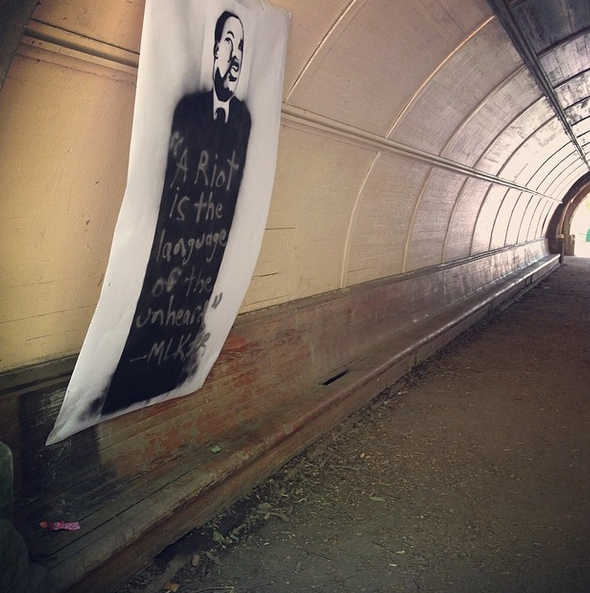
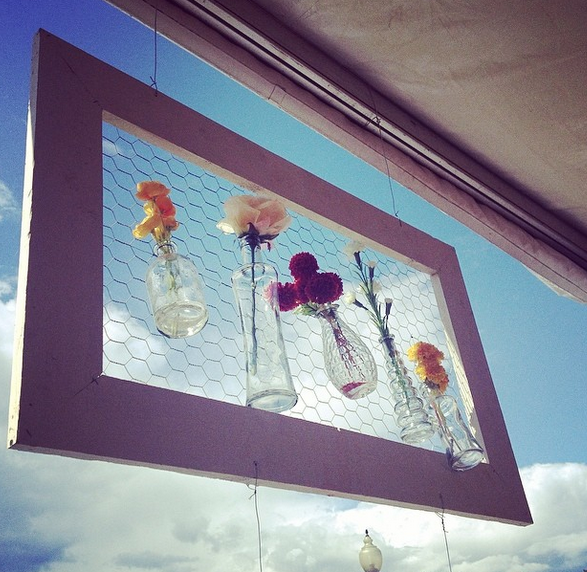



 All creativity begins with the moment of conception.
All creativity begins with the moment of conception.